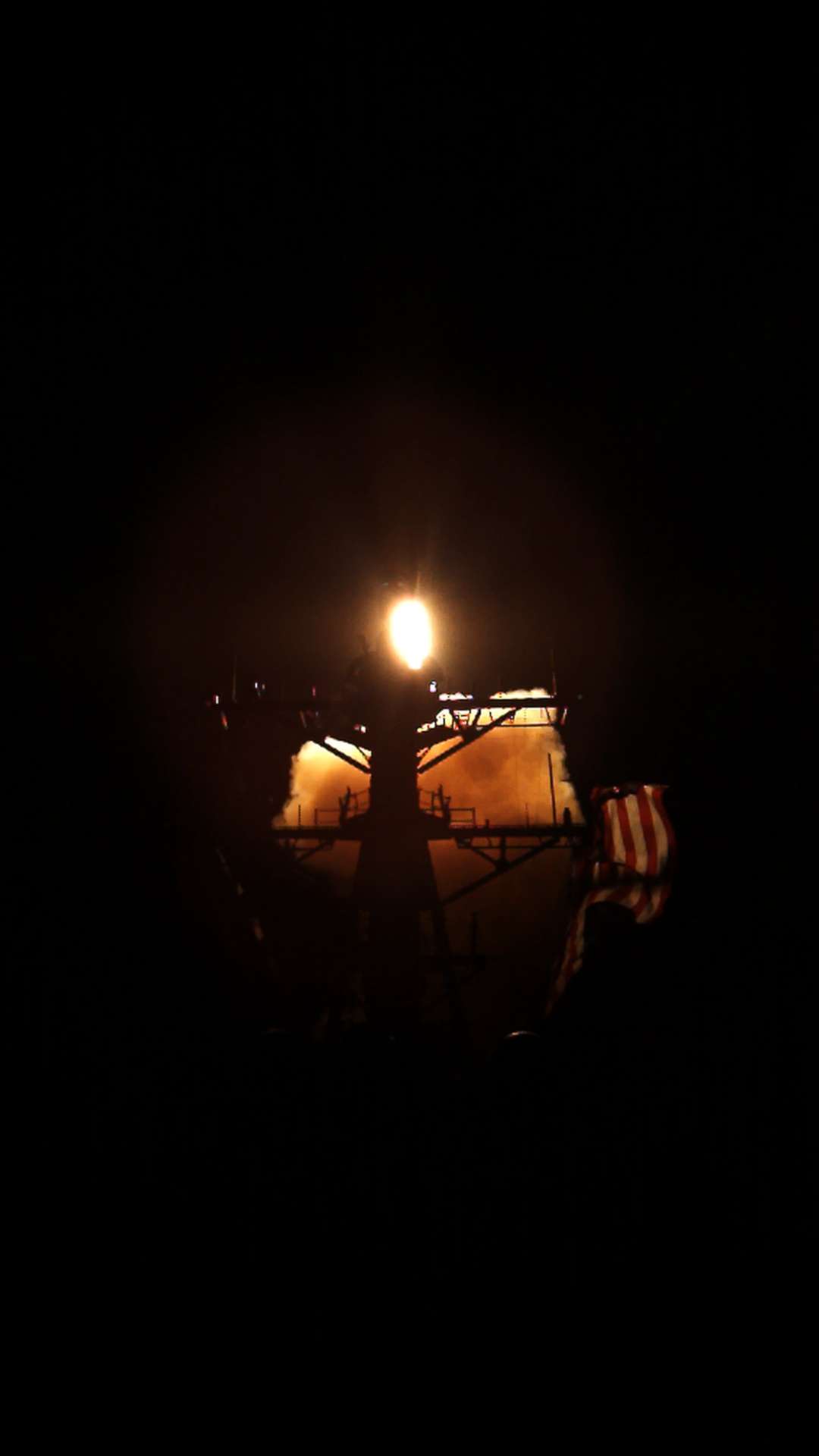US successfully intercepts ICBM with ship-launched missile in historic test
The U.S. now has another defense system defending against North Korean ICBM’s.
In a first-of-its-kind test, the United States has successfully used a small, ship-fired missile to intercept a target Intercontinental Ballistic Missile (ICBM), according to the Missile Defense Agency. The successful test shows the U.S. military now has another missile defense system capable of defending against North Korean ICBM's aimed at the United States.
"The U.S. Missile Defense Agency (MDA), and U.S. Navy sailors aboard an Aegis Ballistic Missile Defense (BMD) System-equipped destroyer intercepted and destroyed a threat-representative Intercontinental Ballistic Missile (ICBM) target with a Standard Missile-3 (SM-3) Block IIA missile during a flight test demonstration in the broad ocean area northeast of Hawaii, Nov. 16," according to a statement from the Missile Defense Agency.
A target ICBM missile launched from Kwajalein Atoll in the Republic of the Marshall Islands in the Pacific Ocean traveled thousands of miles towards the body of water between Hawaii and the West Coast of the United States mainland. The destroyer USS John Finn that was positioned in those waters then fired an SM3 missile that successfully intercepted the target ICBM. The interceptor missile was directed towards its target using tracking information provided by an array of sensor systems designed to monitor any incoming missile attack on the United States.
The successful intercept marked the first time that a target ICBM had been intercepted by a ship-launched interceptor missile.

Previous interceptor tests have been carried out with the much larger Ground Based Interceptor (GBI) missiles based in Alaska and California that are designed to prevent a North Korean ICBM attack on the U.S.
The successful ship-fired missile test shows that another layer of missile defense could become available to counter North Korea's growing long-range missile inventory. Last month it unveiled what appears to be the world's largest mobile-launched ICBM that could threaten the U.S. and its allies in the Pacific region.
Originally designed to intercept intermediate-range ballistic missiles, the SM3 has now shown it can be used to defend against longer range ICBM's that reach much higher in the atmosphere.
"This was an incredible accomplishment and critical milestone for the Aegis BMD SM-3 Block IIA program," said MDA Director Vice Admiral Jon Hill in a press release announcing the successful test.
"The Department is investigating the possibility of augmenting the Ground-based Midcourse Defense system by fielding additional sensors and weapon systems to hedge against unexpected developments in the missile threat," said Hill.
"We have demonstrated that an Aegis BMD-equipped vessel equipped with the SM-3 Block IIA missile can defeat an ICBM-class target, which is a step in the process of determining its feasibility as part of an architecture for layered defense of the homeland," he said.
The missile test was originally scheduled for May, but was delayed due to restrictions on the movement of personnel and equipment that resulted from the coronavirus pandemic.
The SM3 Block IIA missile is jointly built by Raytheon Missiles and Defense and Japan's Mitsubishi Heavy Industries.
The successful intercept was designated as Flight Test Aegis Weapon System-44 (FTM-44), and was the sixth flight test of the SM3 Block IIA missile fired from a Navy ship equipped with the Aegis ballistic missile defense system




